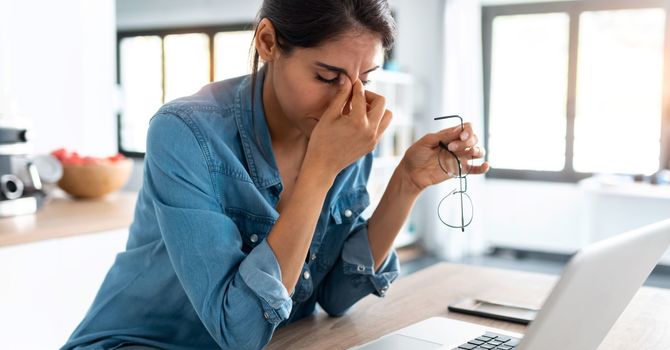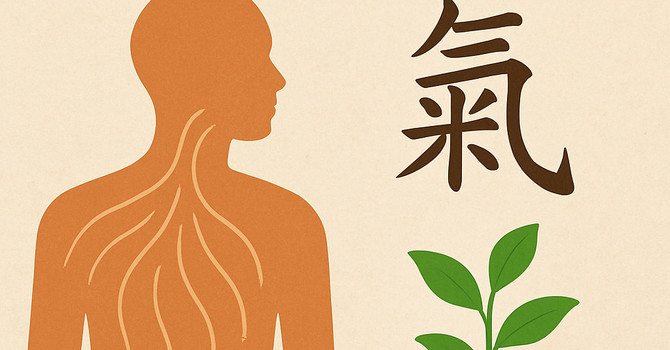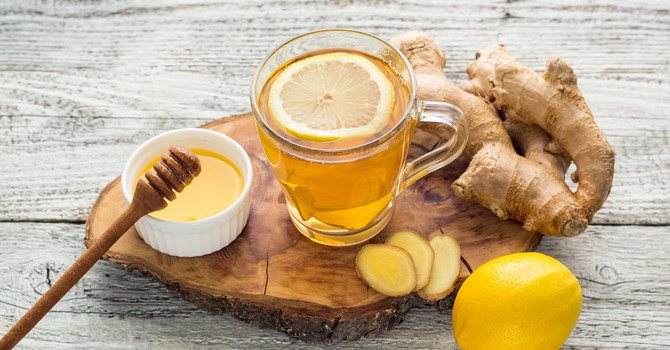
Cupping therapy, an ancient practice rooted in traditional Chinese medicine, has gained widespread popularity in recent years due to its holistic approach to health and wellness. This therapeutic technique involves placing cups on the skin to create suction, which is believed to stimulate blood flow, reduce inflammation, and promote healing. As more people seek natural alternatives to conventional medicine, cupping therapy has become a go-to treatment for a variety of ailments, from muscle pain to respiratory issues.
What is Cupping Therapy?
Cupping therapy involves placing cups made of glass, bamboo, or silicone on the skin. The cups create a vacuum either through heat or mechanical suction, pulling the skin upward and encouraging blood flow to the area. This process is thought to help remove toxins, improve circulation, and alleviate muscle tension. There are two main types of cupping: dry cupping, which involves suction alone, and wet cupping, where small incisions are made in the skin to draw out blood along with the suction.The
Benefits of Cupping Therapy
- Pain Relief: One of the most well-documented benefits of cupping therapy is its ability to relieve pain, particularly in the muscles and joints. By increasing blood circulation to the affected area, cupping helps reduce muscle stiffness and soreness. A study published in the Journal of Traditional and Complementary Medicine found that cupping therapy significantly reduced pain in patients with chronic neck and shoulder pain. The study concluded that cupping could be an effective alternative or complementary treatment for pain management (AlBedah et al., 2015).
- Improved Blood Circulation: The suction created by the cups encourages better blood flow to the cupped area. This increased circulation can help to speed up the healing process by delivering more oxygen and nutrients to the tissues. Improved circulation also helps reduce swelling and inflammation, making cupping therapy beneficial for those with chronic conditions like arthritis.
- Relaxation and Stress Relief: Similar to a deep-tissue massage, cupping therapy can have a relaxing effect on the body. The gentle pulling of the skin and tissues helps release tension, promoting a sense of well-being. Many people find that cupping therapy helps reduce stress and anxiety, contributing to overall mental and emotional health.
- Detoxification: Cupping is also believed to help detoxify the body by drawing out toxins through the skin. While scientific evidence supporting this claim is limited, many practitioners and patients report feeling rejuvenated and cleansed after a cupping session. The removal of toxins and stagnant blood is thought to contribute to improved energy levels and vitality.
Research on Cupping Therapy
A growing body of research supports the benefits of cupping therapy. For instance, the aforementioned study by AlBedah et al. (2015) in the Journal of Traditional and Complementary Medicine demonstrated its effectiveness in reducing chronic pain. Additionally, other studies have shown that cupping therapy can improve the symptoms of conditions such as migraines, hypertension, and fibromyalgia, making it a versatile treatment option.
Conclusion
Cupping therapy is more than just a trend—it's a time-tested healing modality with a wide range of benefits. From pain relief to relaxation, this ancient practice can help you achieve better health naturally. With research supporting its effectiveness, there's no better time to explore cupping therapy as part of your wellness routine. Whether you're looking to relieve pain, reduce stress, or improve your overall well-being, cupping therapy offers a natural and effective solution. As a licensed acupuncturist, I provide personalized cupping therapy sessions tailored to your unique needs. Book an appointment today and experience the healing power of this ancient therapy for yourself.
Reference: AlBedah, A., Khalil, M., Elolemy, A., Hussein, A. A., AlQumaizi, K., & Abdelsalam, A. (2015). The Use of Wet Cupping for Persistent Non-Specific Low Back Pain: Randomized Controlled Clinical Trial. Journal of Traditional and Complementary Medicine, 5(3), 131-139. doi:10.1016/j.jtcme.2014.11.009
The content in this blog is for informational purposes only and is not a substitute for professional medical advice, diagnosis, or treatment. Always consult your doctor or a qualified healthcare provider before trying new healthcare protocols.

Danielle Murphy
Contact Me



